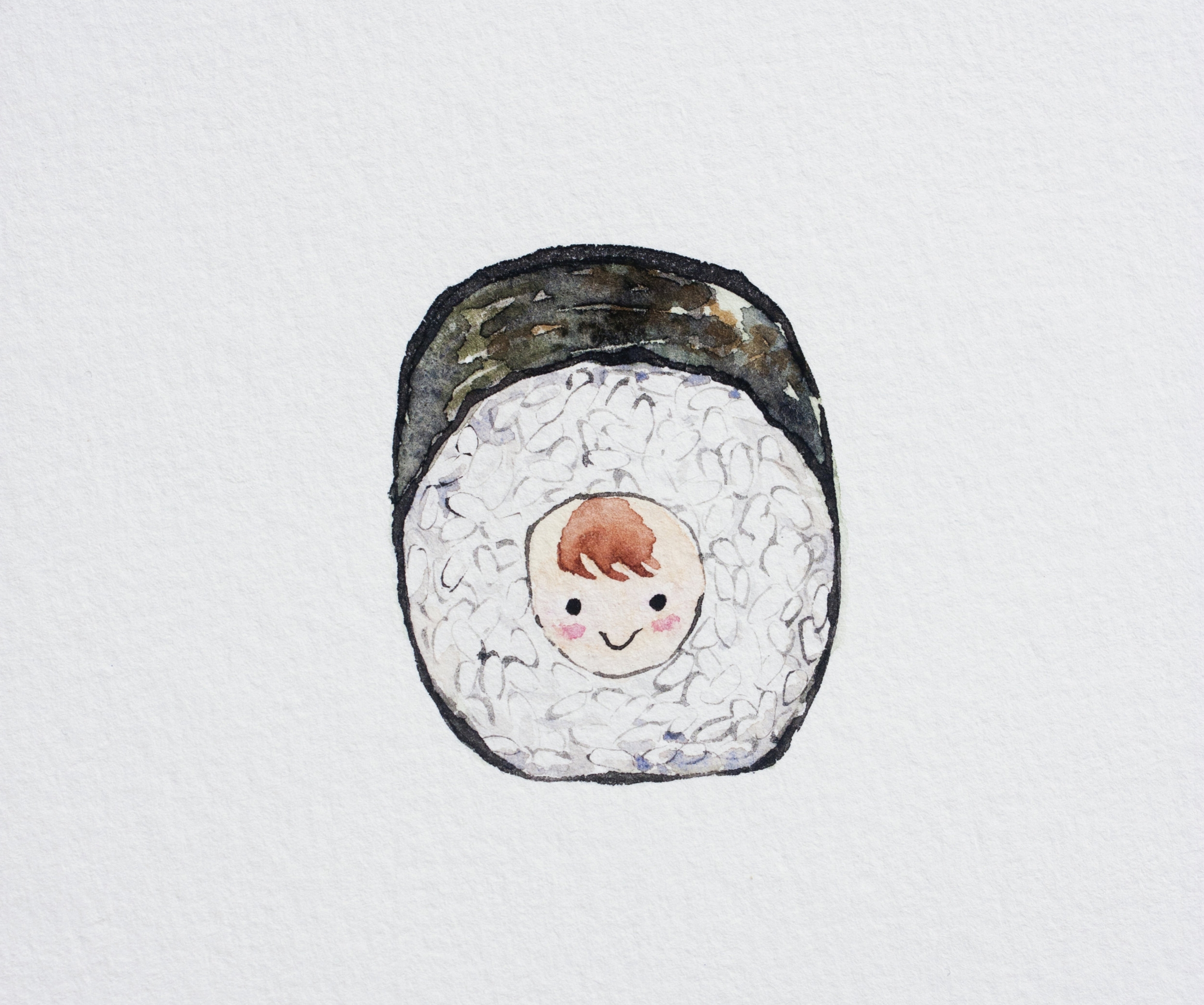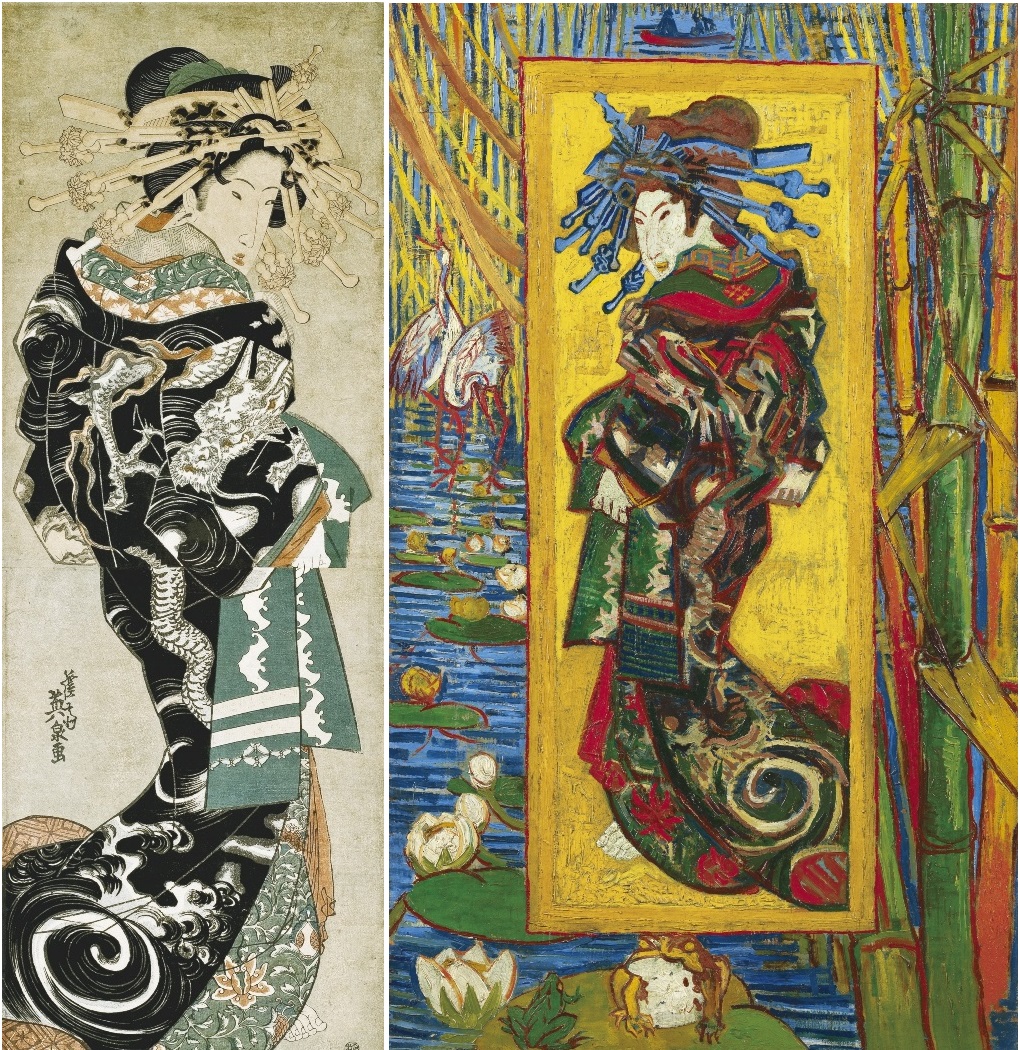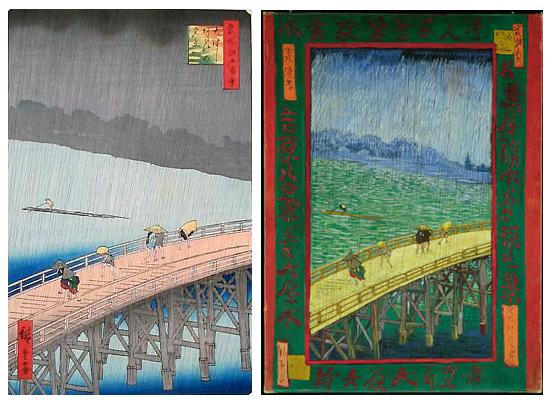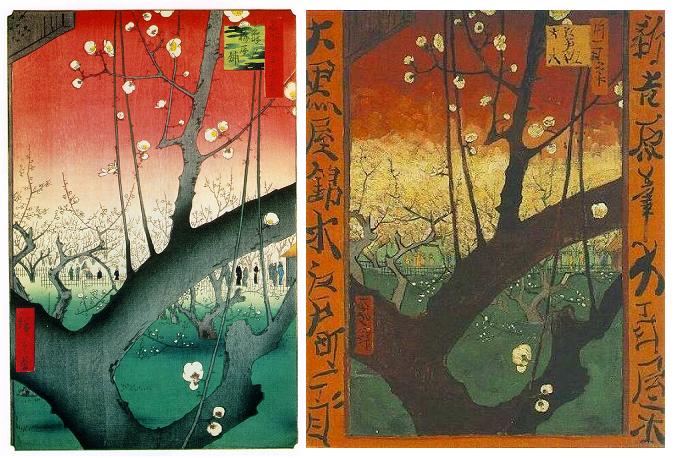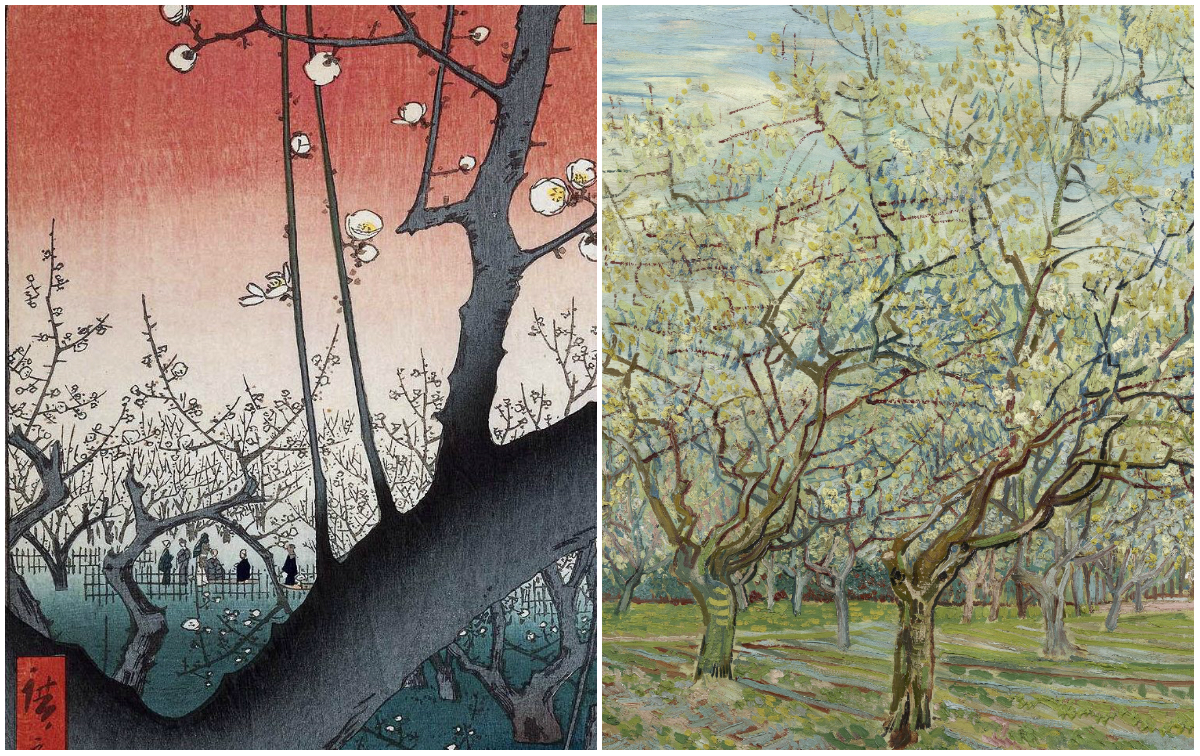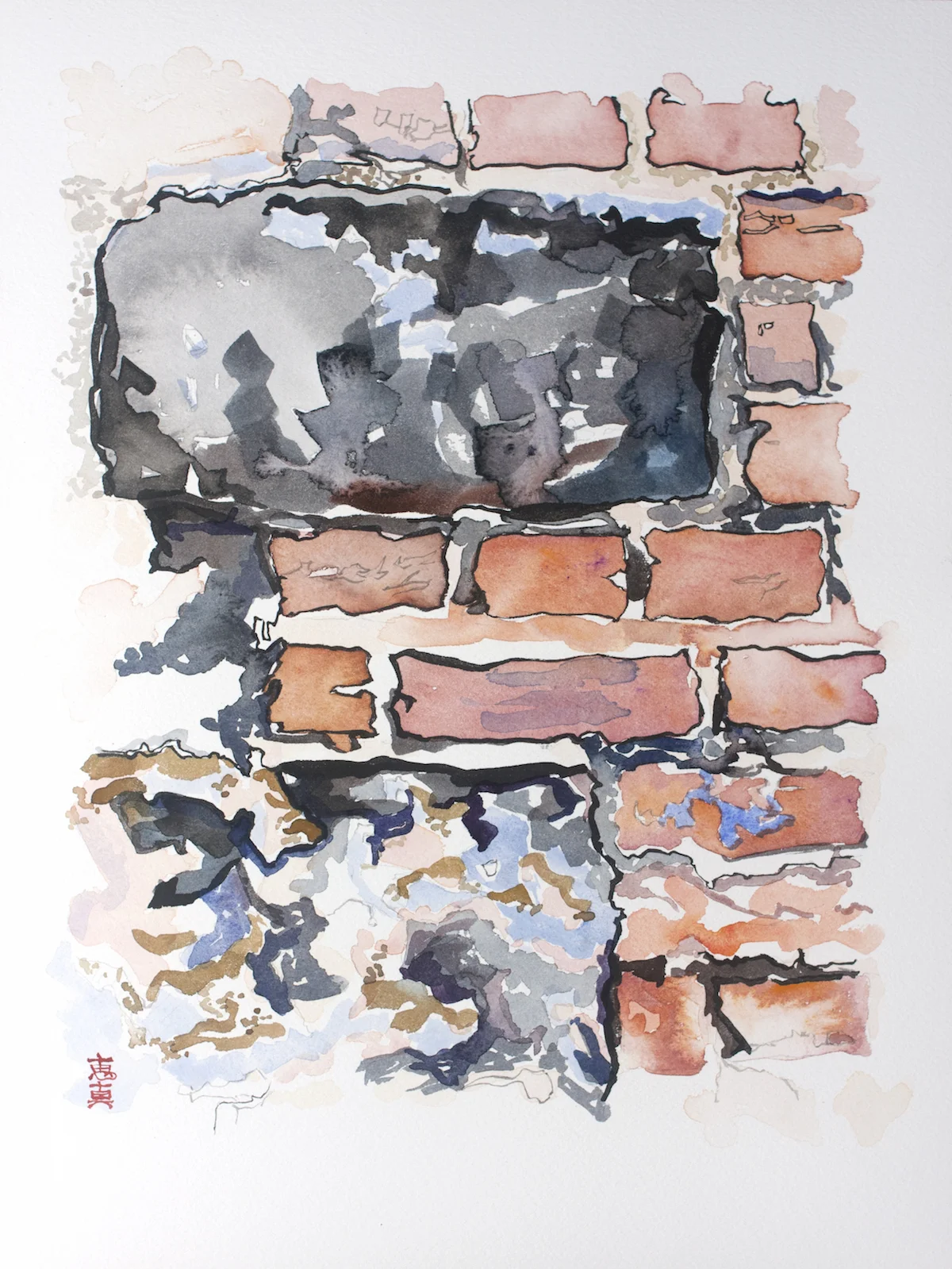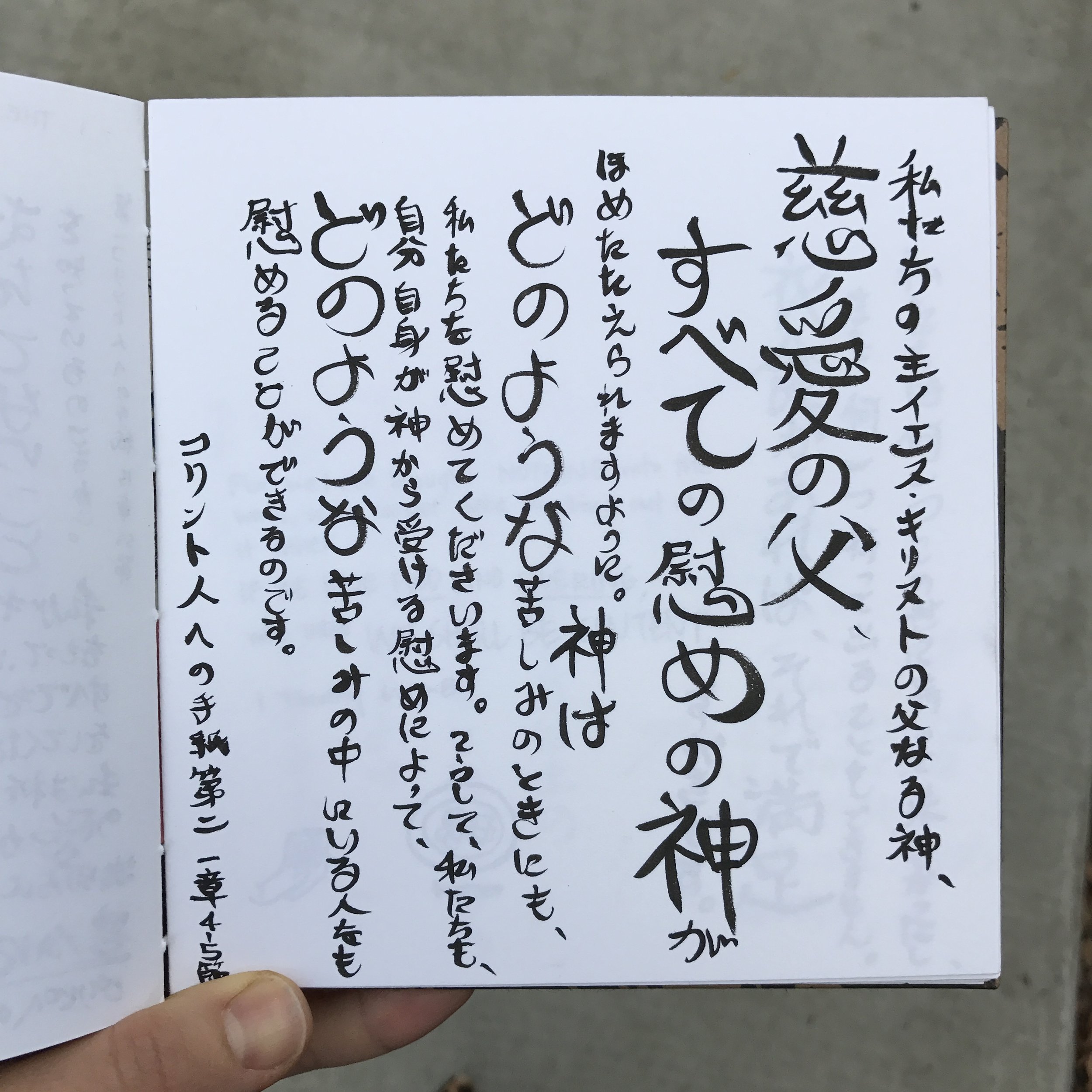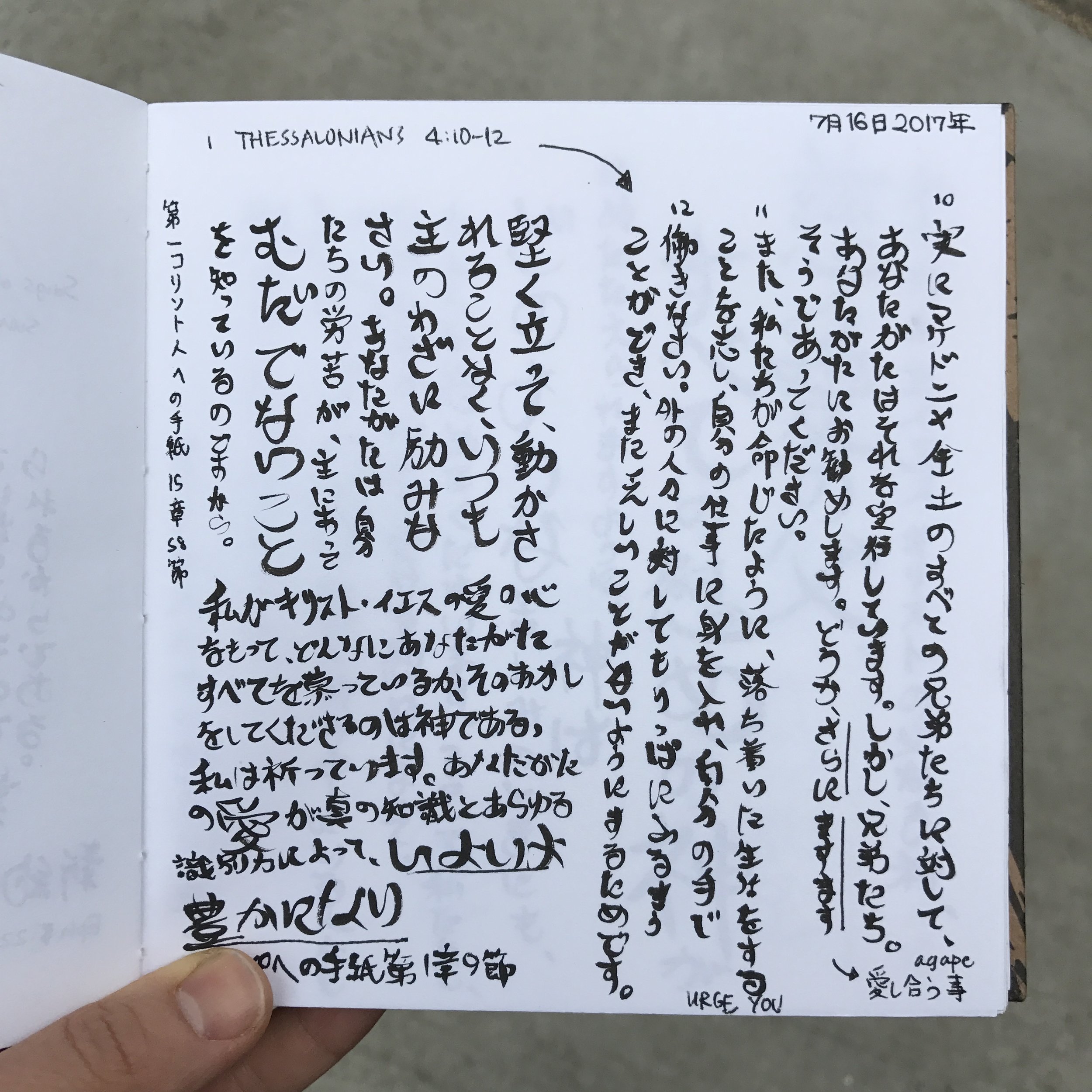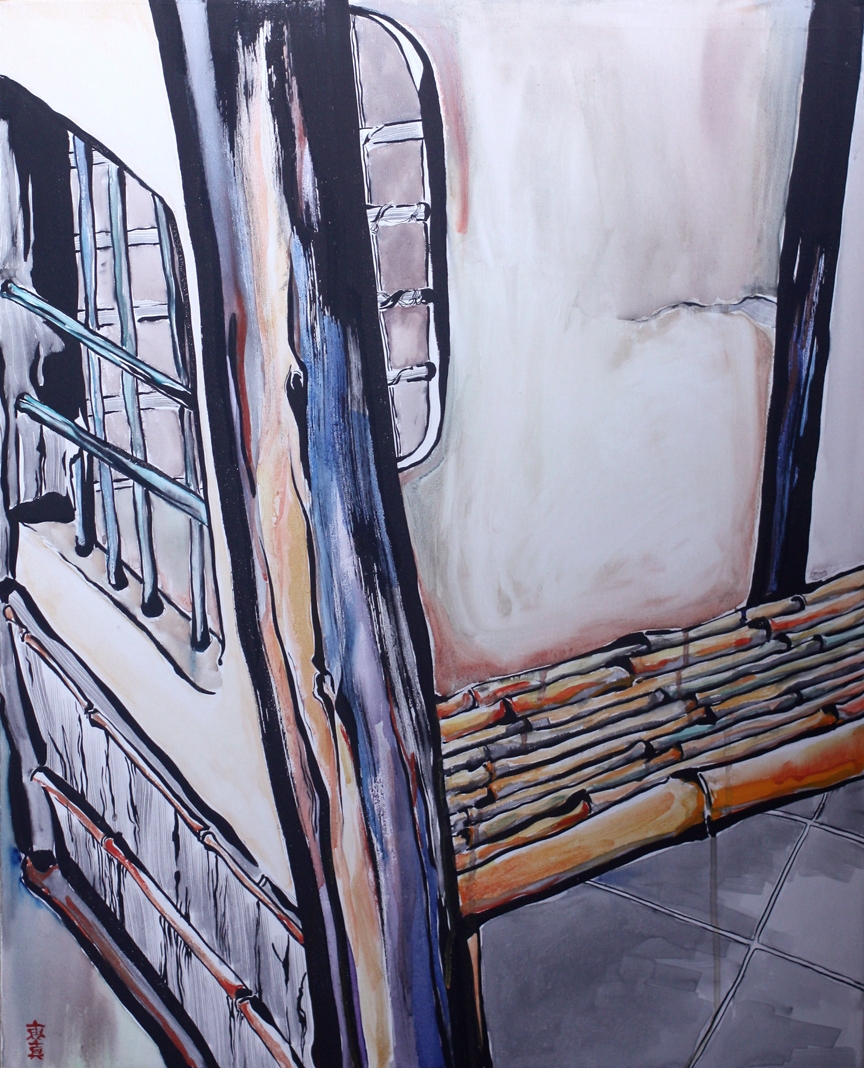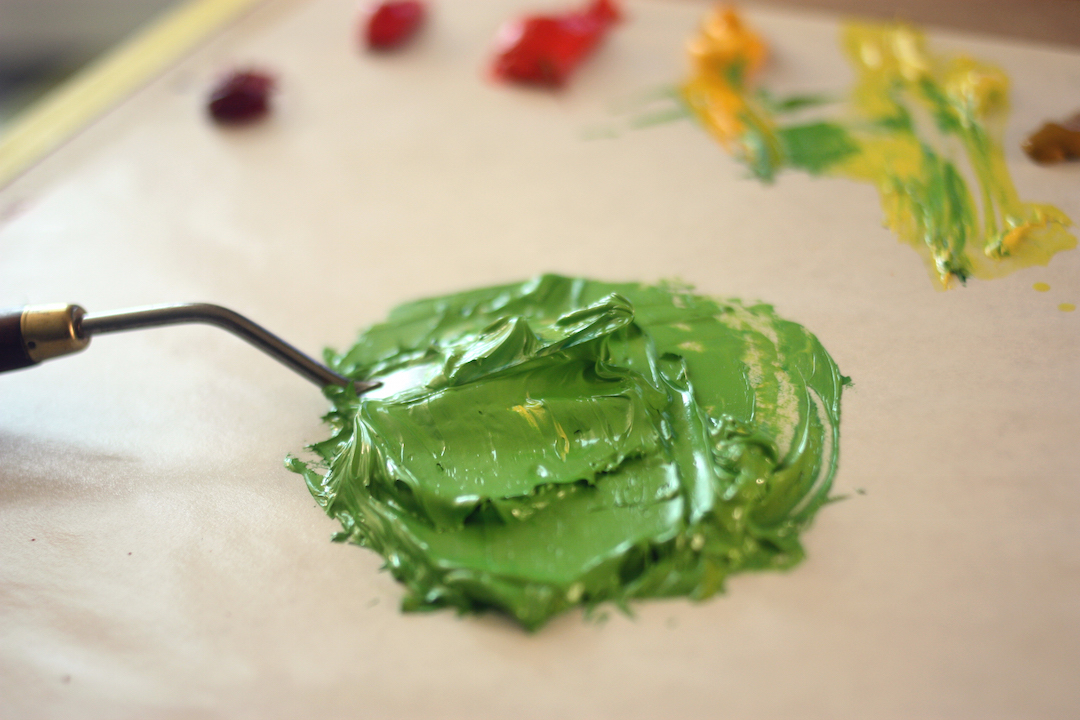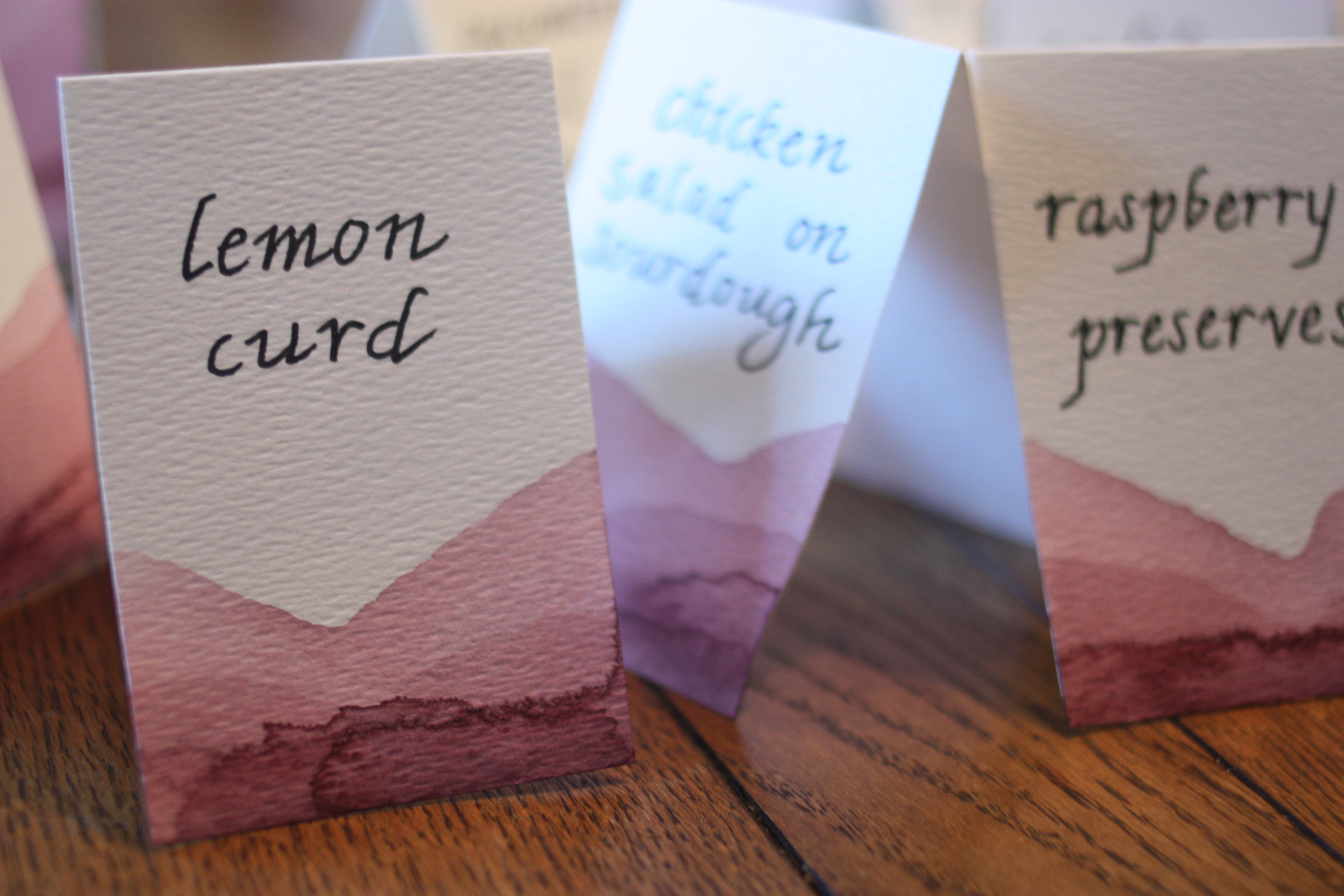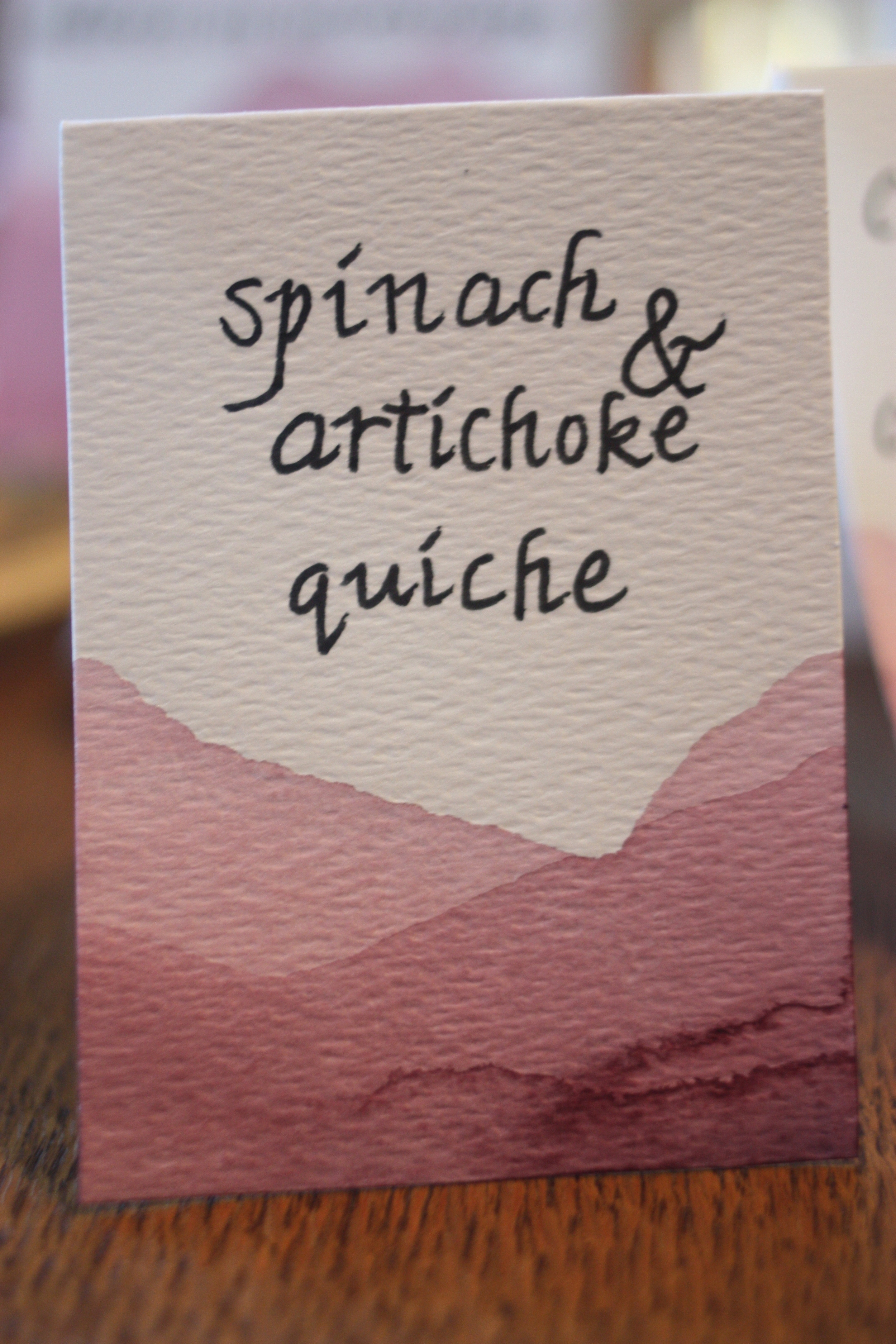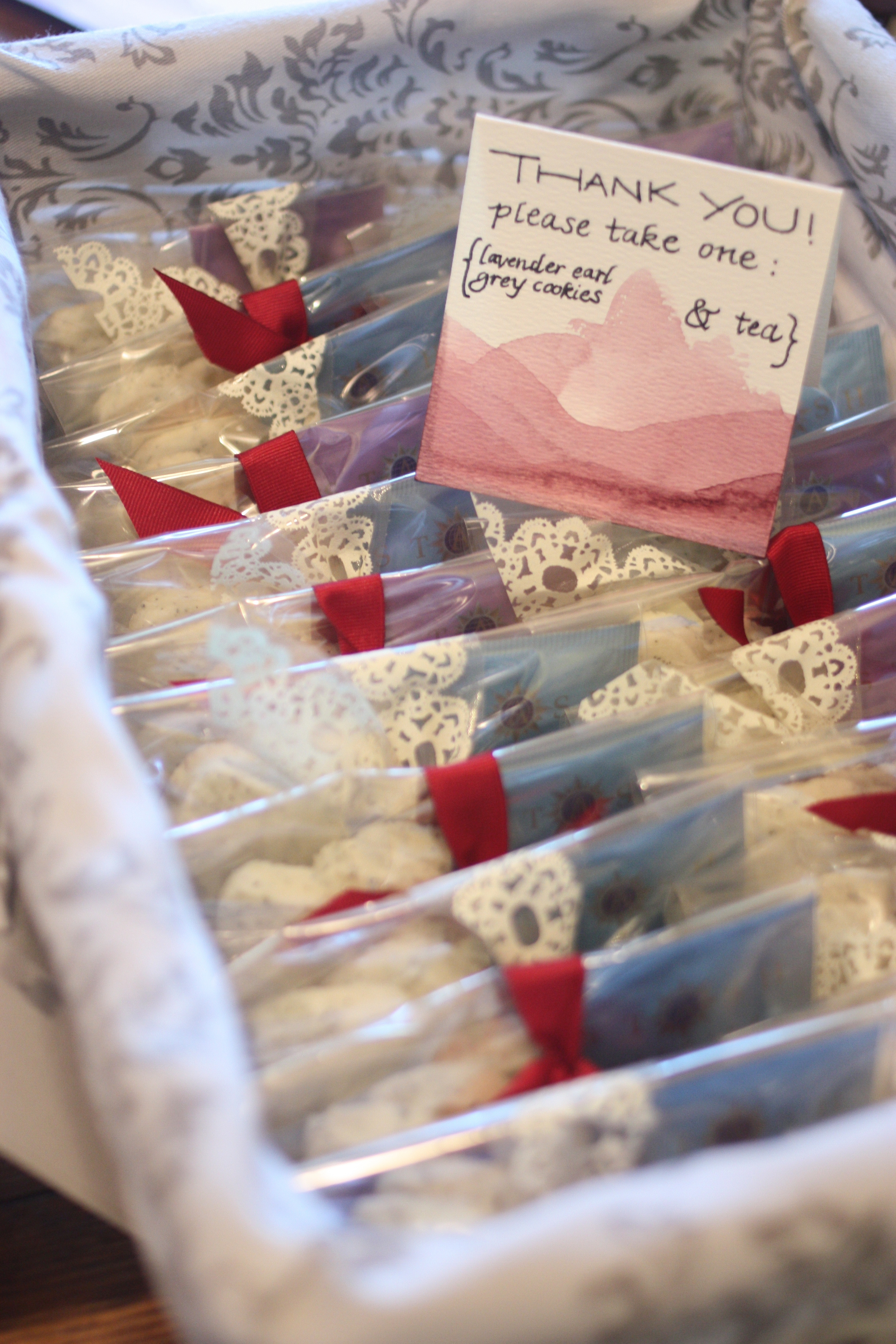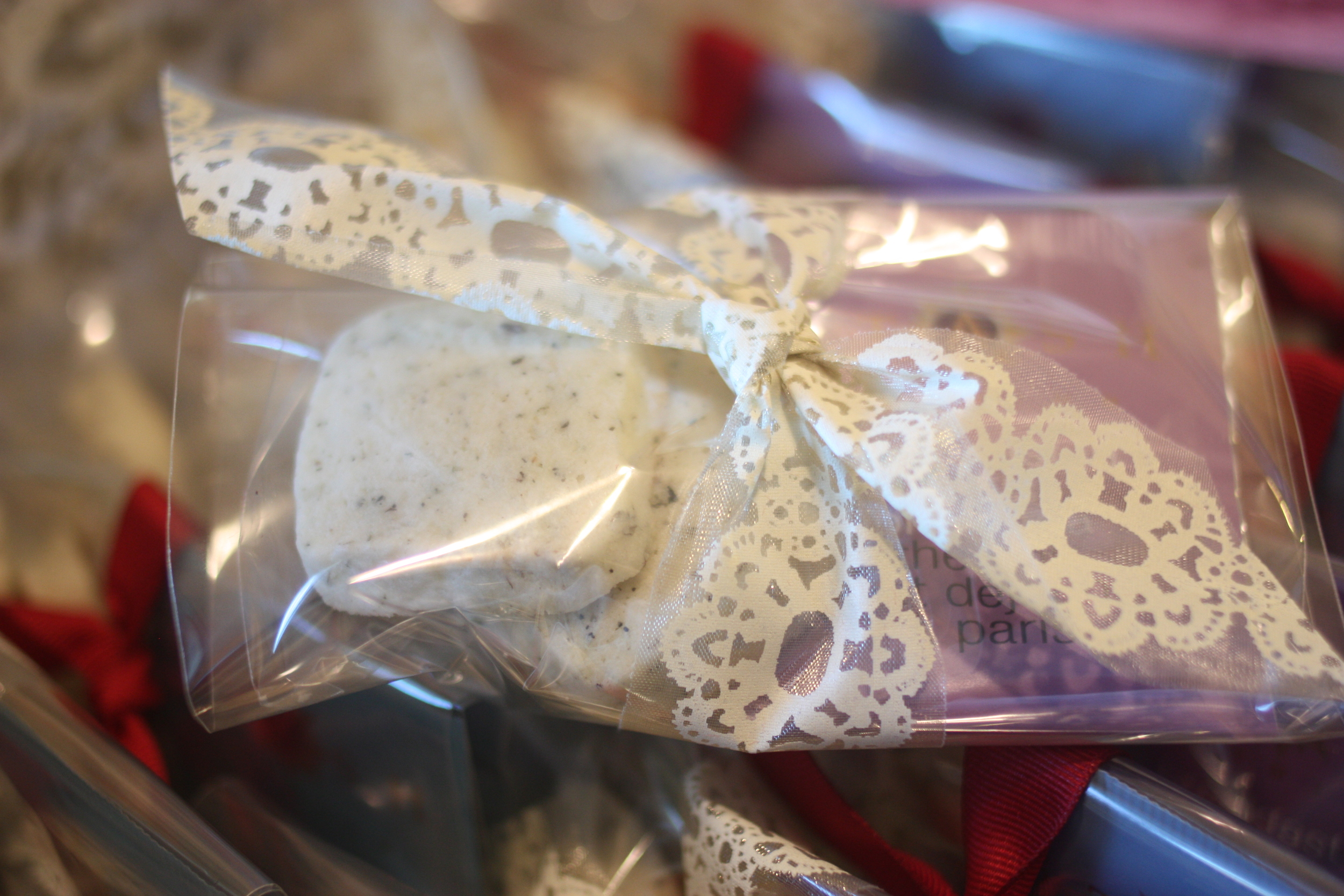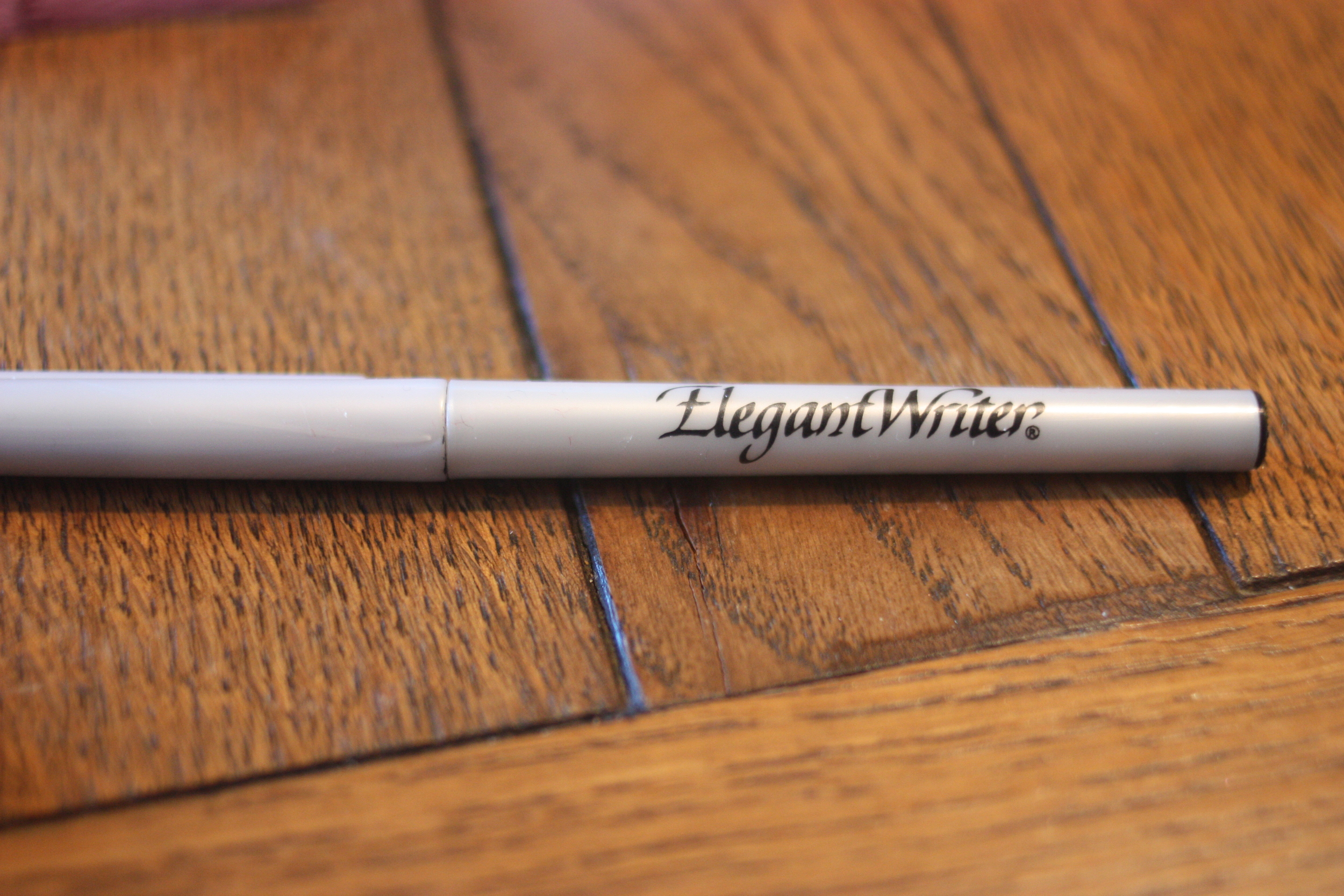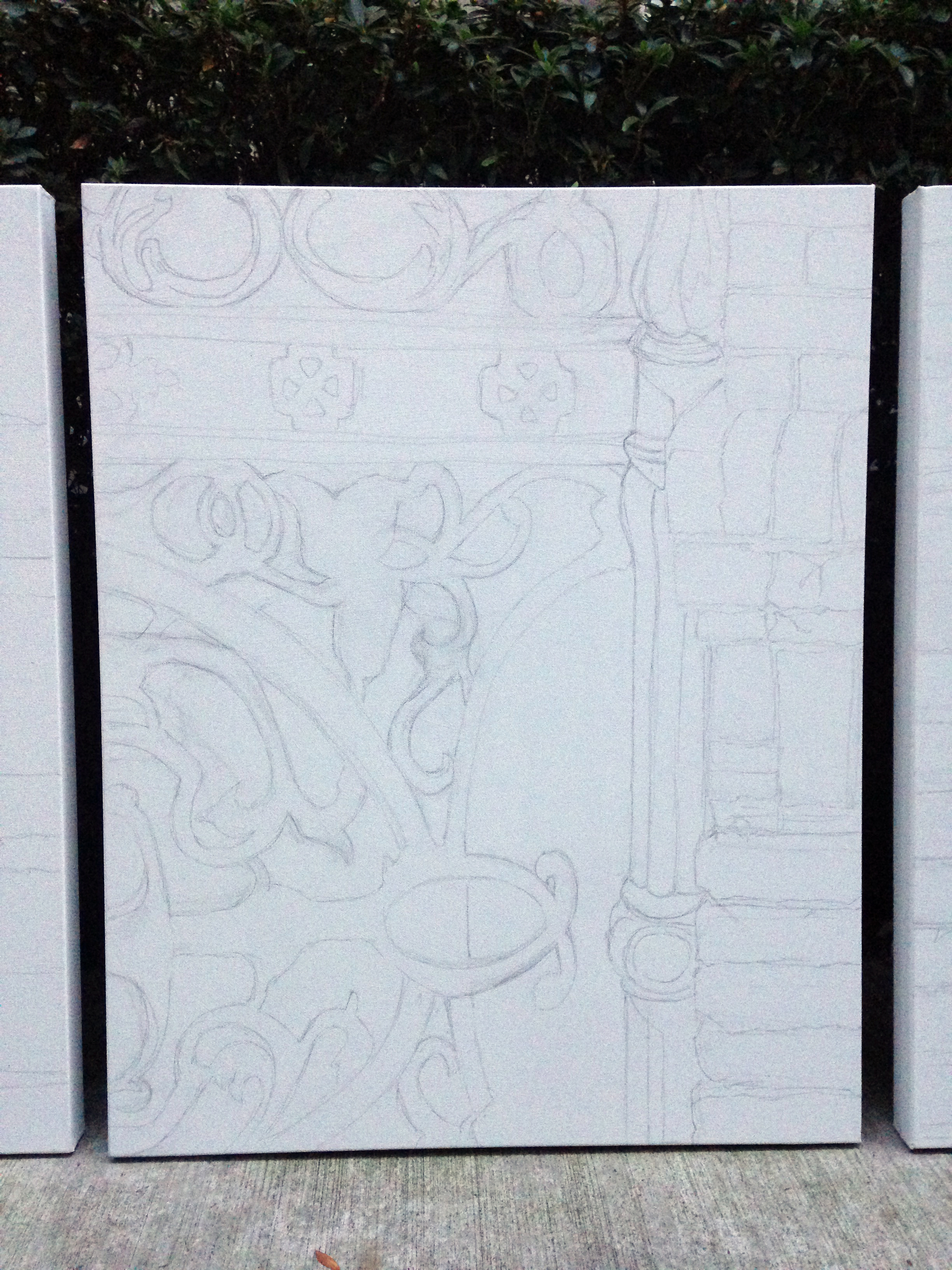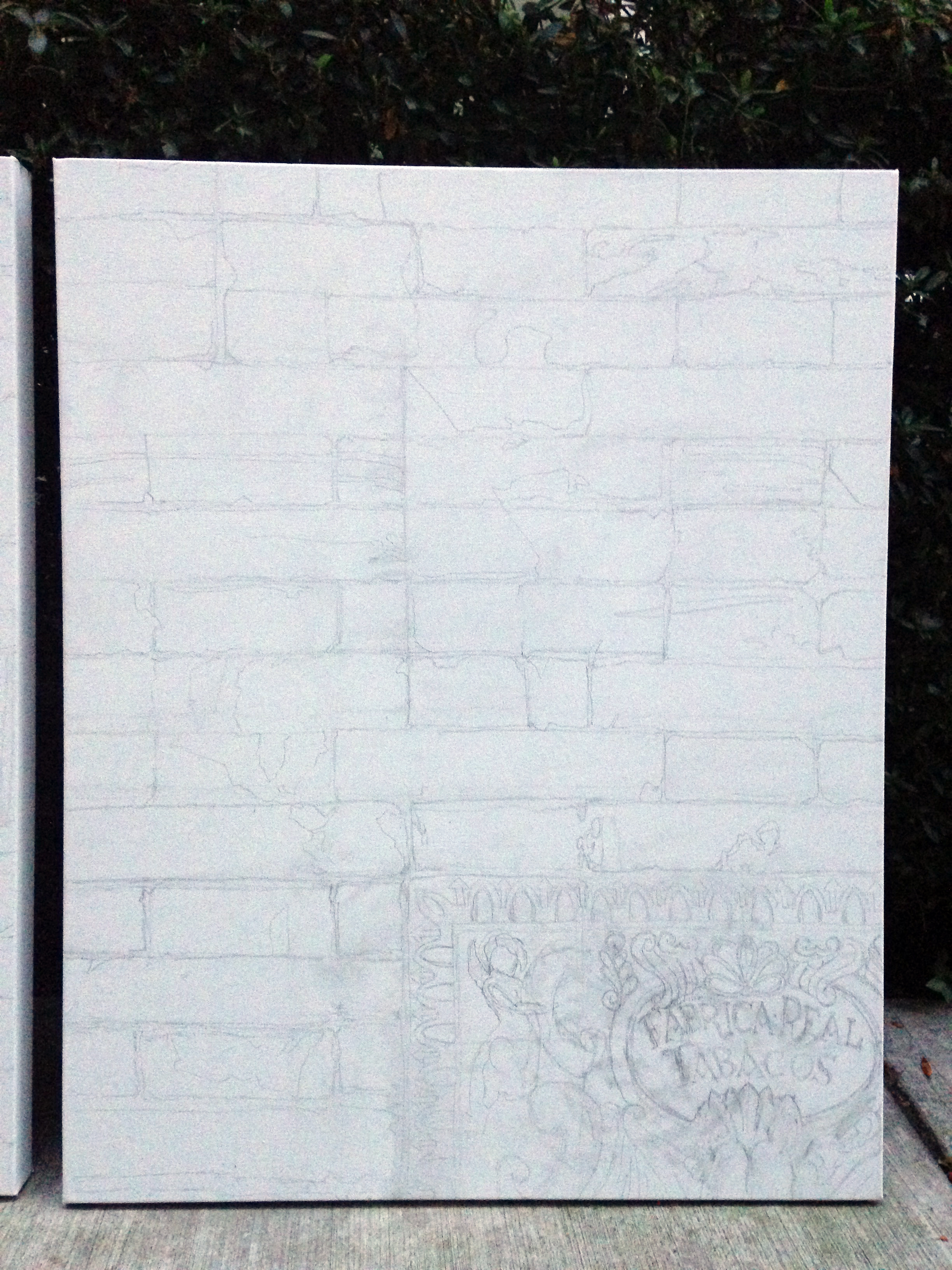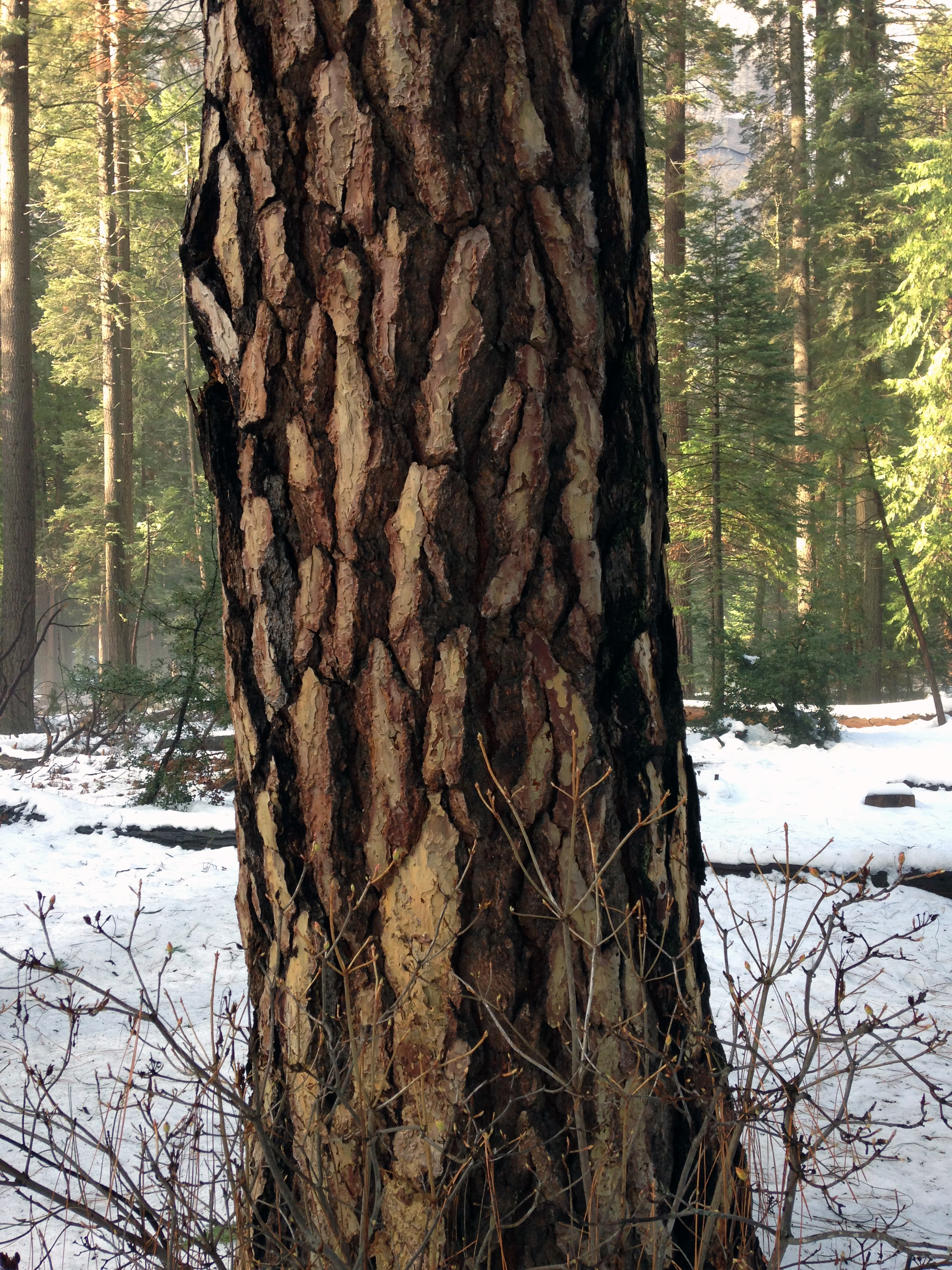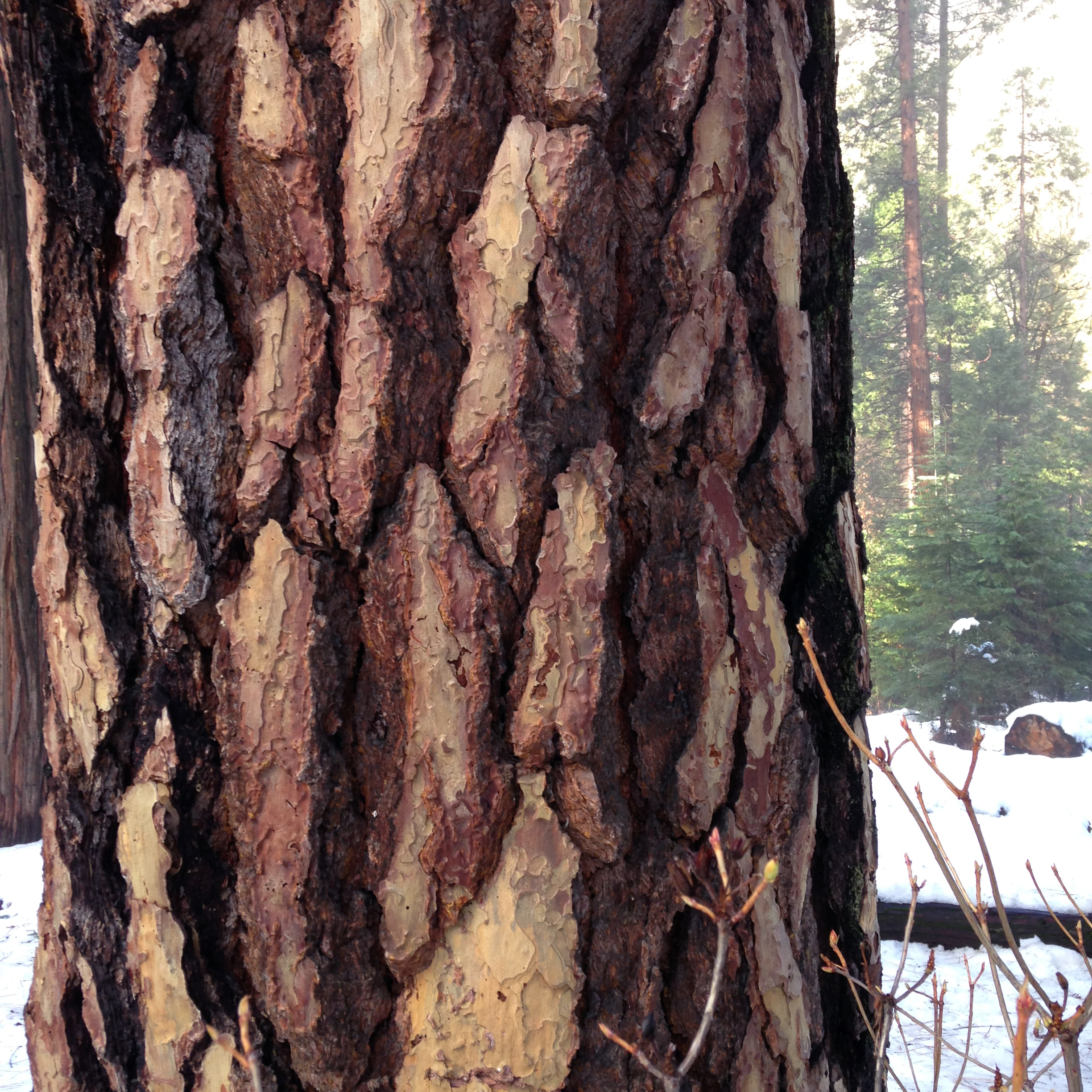Brief summary of the last few months: In February, I finally transitioned from other work to only teaching art history & painting, and was ready to conquer the world by painting all day and night. Then came morning (all-day) sickness and fatigue that put those world-conquering plans on hold. I lived on bagels, crackers, and noodles. The painting above, our pregnancy announcement, was one of the two things I managed to paint during this time.
Fast forward a few months: Now at close to 30 weeks pregnant, I'm consistently back on my feet! I took the summer off from teaching. I recently saw a temporary exhibit called "Van Gogh and Japan" (see here for more info) at the Van Gogh Museum in Amsterdam. A few examples of direct influence, but the ongoing influence isn't quite as straightforward as these (click to the right to scroll through):
While that exhibit theme was right up my ally, my main takeaway was that Van Gogh only painted for 10 years!
Inspiring fact #1: He started painting at 27, and died at 37. In 10 years he made at least 2100 works.
Get moving.
Inspiring fact #2: He only sold one painting in his lifetime. Interest in his work began after his death.
Keep it up.
Although it took a while to get back to focused painting, I've been working on a series on Psalm 73 and landscapes of important sites for underground Japanese Catholics. Teaching about old Chinese landscapes that are packed full of emotion and struggle was my primary source of inspiration for this series. More details about those to come in my next post. For now, it's good to be back on track and continue painting.
